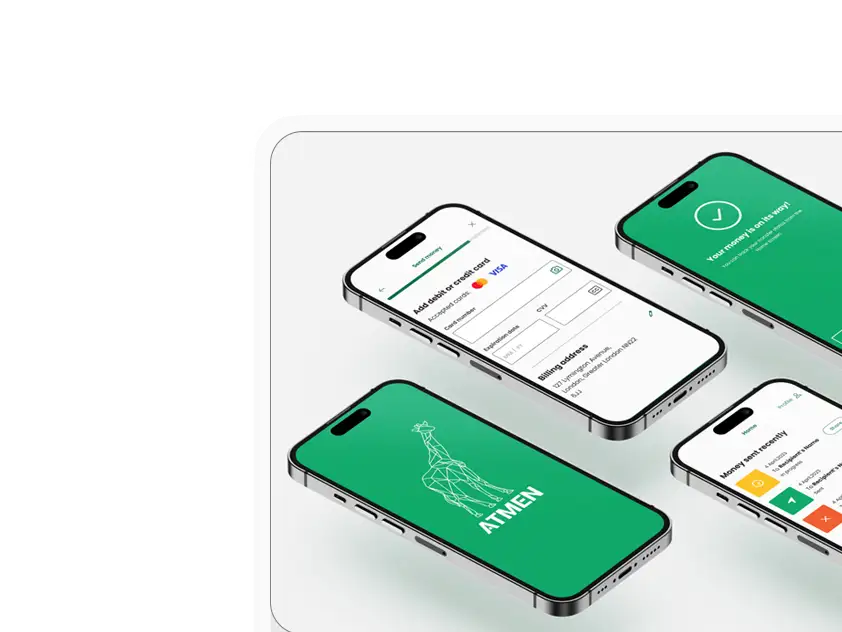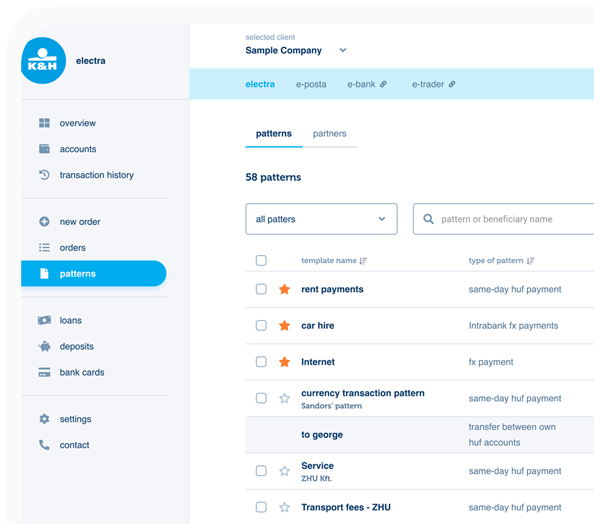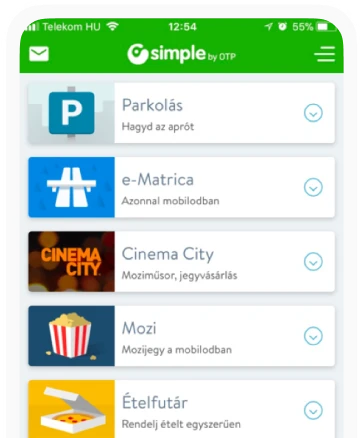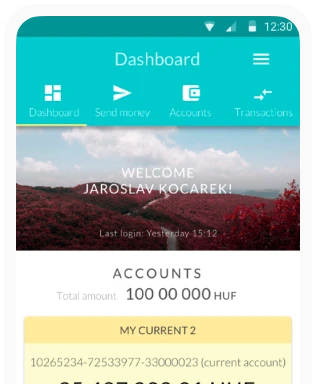Big data visualisation
Rung András’s presentation at Data-driven Leadership Bootcamp.
Find below the excerpt of the presentation.
You can download the presentation here
DEFINE YOUR AUDIENCE
- What do colours mean?
- Which direction the reader used to reading?
- Which icons is the user familiar with?
- Readers are inside or outside industry?
CONTEXT OF USE
- What information do readers need in order to be successful?
- How much detail do they need?
- How long does she have to make it effective?
- Service design, holistic approach
UNDERSTANDING THE DATA STRUCTURE
- Is it a time-series? A hierarchy?
- How many dimensions does it have?
- Which are the most important ones?
- What sort of relationships do they have (e.g., one-to-one or many-to-many)?
- How variable are they?
- Are the values categorical? Discrete or continuous? Linear or non-linear? How are they bounded?
- How many categories are there?
DATA TYPES
- Nominal
- Categorial
- Ordinal
- Interval
- Temporal
- Geographical
- Relational
DEFINE BETTER GO ALS
- Show the sales figures / Show which product lines are performing the best and the worst in each region, for each of the last five quarters
- Compare the demographics of Twitter and Facebook users / Compare the ages, education, and income levels of Twitter and Facebook users
- Show a timeline of the performance of every NFL team for the 2011 season / Allow users to compare individual performance metrics for any pair of teams or for the entire league for the 2011 season
REPRESENATION AND REALITY
- Inherent properties
- Learned conventions
WHAT IS A DASHBOARD?
- Visual display of data
- Monitor conditions
- Facilitate understanding
PSYCHOLOGICAL MOTIVATION
- Desire to control
- Short term memory / single screen
- Option to drill down
- Splitting info between tabs









